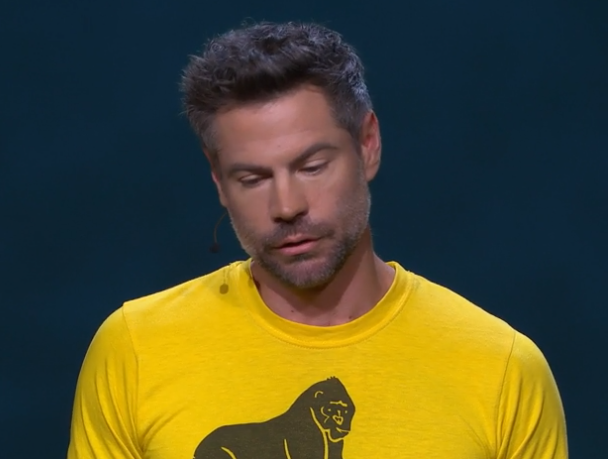Let's take a closer look in the United States.
讓我們來看看美國。
Over the last couple of years -- really 2013, 2014 -- we prematurely retired four nuclear power plants.
在過去的幾年里,尤其是2013、14年,我們過早報廢了四個核電站。
They were almost entirely replaced with fossil fuels,
它們的發電量幾乎全部被化石燃料發電取代了,
and so the consequence was that we wiped out almost as much clean energy electricity that we get from solar.
所以結果就是我們放棄了幾乎和太陽能發電量相當的清潔能源。
And it's not unique to us. People think of California as a clean energy and climate leader,
而且我們在這件事上并不唯一。人們認為加州是使用清潔能源和保護環境的先鋒州,
but when we looked at the data, what we found is that, in fact,
但是當我們查看數據,我們發現,事實上,
California reduced emissions more slowly than the national average, between 2000 and 2015.
在2000到2015年間,加州的減排速度是低于全國速度的。

What about Germany? They're doing a lot of clean energy.
德國的情況又怎樣呢?德國人在使用很多清潔能源。
But when you look at the data, German emissions have actually been going up since 2009,
但是當你查看數據時,會發現德國的排放量自09年開始就持續升高,
and there's really not anybody who's going to tell you that they're going to meet their climate commitments in 2020.
而且一定沒有人會告訴你,他們計劃在2020年實現他們的氣候承諾。
The reason isn't hard to understand. Solar and wind provide power about 10 to 20 percent of the time,
原因并不難理解。現在太陽能和風能提供了大概10%到20%的電力,
which means that when the sun's not shining, the wind's not blowing,
這意味著當陰雨連綿,風平浪靜的時候,
you still need power for your hospitals, your homes, your cities, your factories.
你依舊需要給醫院、家庭、城市、工廠提供電力。
And while batteries have made some really cool improvements lately,
雖然近來電池領域有了些巨大發展,
the truth is, they're just never going to be as efficient as the electrical grid.
但真相是,它們永遠做不到輸電網那樣的高效率。
Every time you put electricity into a battery and take it out, you lose about 20 to 40 percent of the power.
每當你把電輸入電池并使用它,你都會丟失20%到40%的電量。











